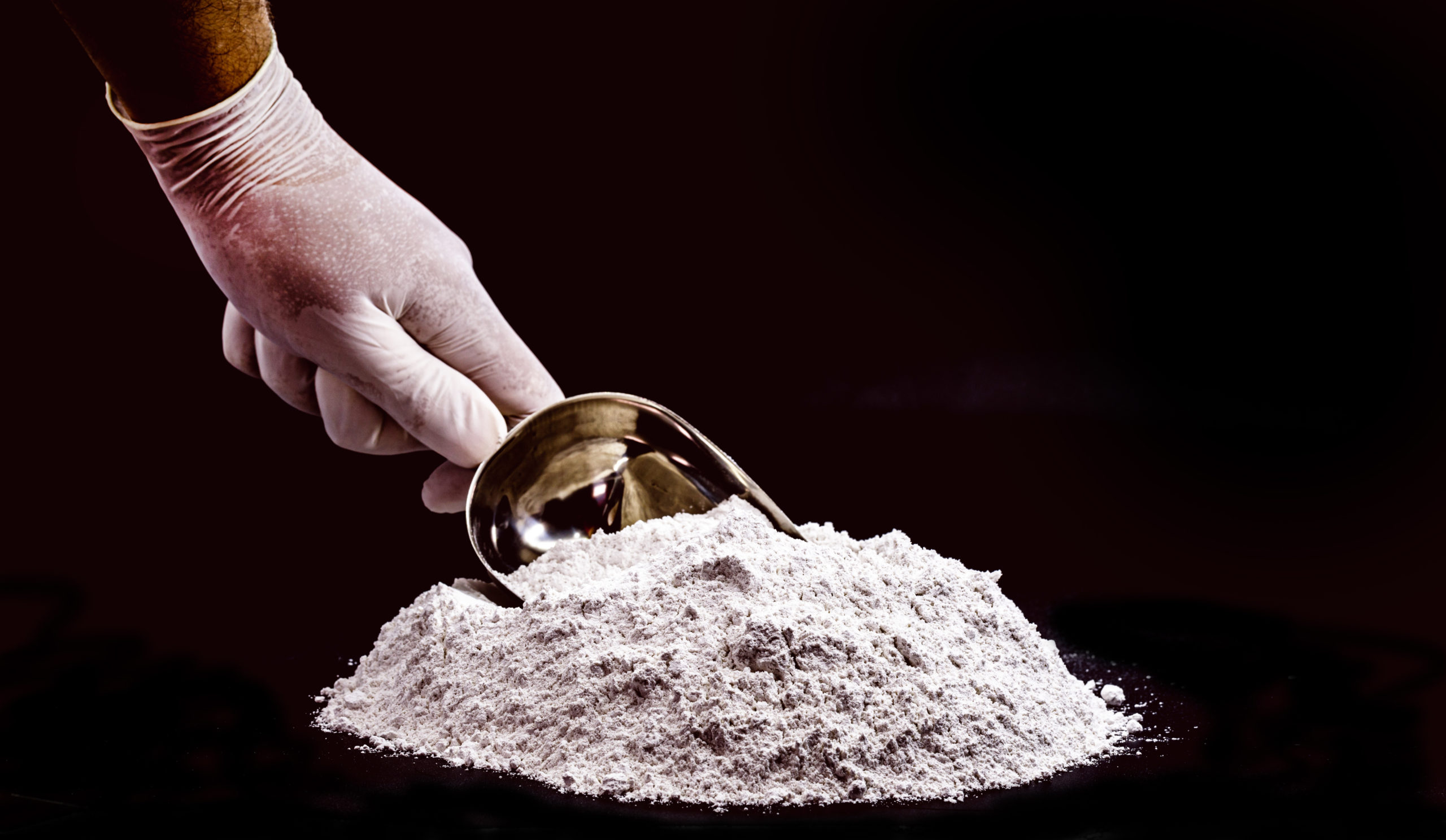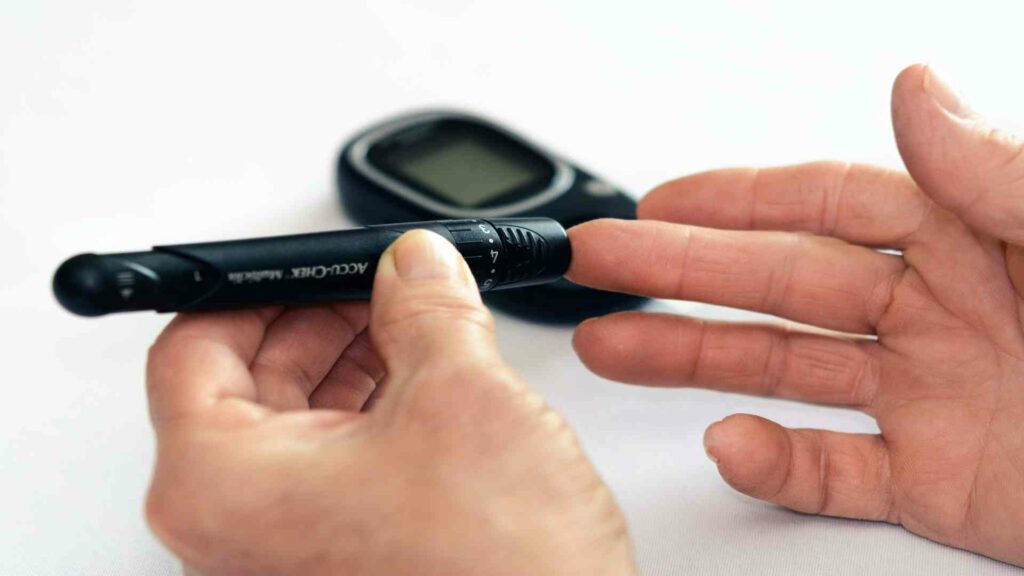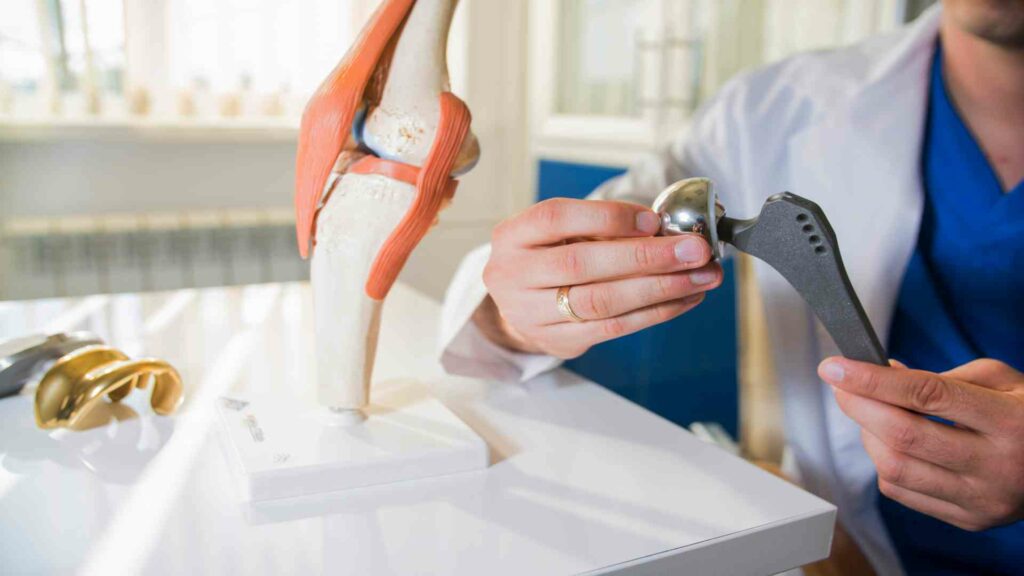Sodium Percarbonate: An Oxidizing Agent For Organoboranes
Sodium Percarbonate is a powerful oxidizing agent that can convert organoboranes into alcohol. The compound is inexpensive, widely available, and easy to handle reagent with excellent yields.

Sodium Percarbonate
What are Organoboranes?
Organoborane or organoboron compounds are versatile chemical reagents that play an essential role in modern organic chemistry. The combination of boron and carbon forms these compounds, exhibiting a wide range of chemical properties and reactivity.
One of the most important applications of organoboranes is in hydroboration reactions that enable various chemical transformations, such as transferring a nucleophilic group attached to a boron to an electrophilic center either inter- or intramolecularly.
α,β-unsaturated borates and borates are extremely vulnerable to intramolecular migration reactions. Additionally, the resulting organoboranes can be oxidized or protonolyzed to produce organic products such as alcohols, carbonyl compounds, alkenes, and halides.
Synthesis of Organoboranes
Using Grignard Reagents
Trifluoroborane (ether complex) and the ethyl or pentafluorophenyl Grignard reagent are used to prepare simple organoboranes such as triethylborane or tris(pentafluorophenyl) boron. Borates (R4B-) are formed by adding R- equivalents (RMgX, RLi, etc.) to R3B.
Using Alkenes
Alkenes undergo hydroboration reactions in order to form boron-containing compounds. This process can be achieved through anti-Markovnikov addition of borane or its equivalents and leads to the formation of new C–B bonds. Boron-containing products are generated by oxidation or protonolysis, which result in a 33% conversion of olefin starting materials.
One of the common reagent used in synthesis is 9-BBN. Hydroborations occur stereospecifically in syn mode, that is, on the same alkene face.
The transition state in this concerted reaction is represented as a square with carbon, carbon, hydrogen, and boron occupring the corners and maximum overlap between the two olefin p-orbitals and the vacant boron orbital.
Borylation
Borylation reactions are metal-catalyzed processes that forms organoboranes via functionalization of aliphatic or aromatic C-H bonds. A common catalyst for this reaction includes bis(pinacolato)diboron.
Sodium Percarbonate
Sodium percarbonate (Na2H3CO6 or 2 Na2CO3·3 H2O2) is a chemical compound found by Sebastian Moiseevich Tanatar, a Russian chemist, in 1899. The compound is a colorless, crystalline, hygroscopic, and water-soluble solid having 32.5% hydrogen peroxide by weight. Sodium Percarbonate is also known as Peroxy Sodium Carbonate or Oxyper.
Synthesis of Sodium Percarbonate
Sodium percarbonate is synthesized by crystallizing a sodium carbonate and hydrogen peroxide mixture under proper pH and concentration. Also, dry sodium carbonate is treated directly with a concentrated hydrogen peroxide solution.
Physical Properties of Sodium Percarbonate
| Sodium Percarbonate | Properties |
|---|---|
| Chemical Formula | C2H6Na4O12 |
| Molecular Weight | 157.01 g/mol |
| Appearance | White solid |
| Density | 2.1 g/cm3 |
| pH | 10.5 |
| Odor | No odor |
| Solubility in water | 150 g/l |
Source – https://www.vedantu.com/chemistry/sodium-percarbonate
Chemical Properties of Sodium Percarbonate
When sodium percarbonate reacts with sodium bisulfate, sodium persulfate, sodium carbonate, and water are formed.
C2H6Na4O12 + 6 NaHSO4 → 3 Na2S2O8 + 2 Na2CO3 + 6 H2O
When sodium percarbonate is dissolved in water, it produces a mixture of hydrogen peroxide (which decomposes to water and oxygen), sodium cations, and carbonate
2 Na2CO3·3 H2O2 → 3 H2O2 + 4 Na+ + CO3(2-)
3 H2O2→ 2 H2O + O2
Applications
Sodium percarbonate is a versatile chemical with many different applications, from cleaning products to environmental treatments.
- It is commonly used in the detergent industry for household cleaners for consumer items such as laundry detergents.
- It is used in algaecides, fungicides, and deodorants.
- It is often utilized in dental care products like toothpaste and replacement cleaners.
- Sodium percarbonate is antiseptic; hence it is used as a sterile for wounds instead of hydrogen peroxide in an aqueous solution.
- It has a favorable impact on bicarbonate hydrogen peroxide, which helps in oral cleanliness and treatment.
- It can be used as an alternative to alkaline treatments. Chalk, rutile, holmites, and natural silicates are examples of minerals that can be bleached with H2O2.
- It is used to keep drains and disposals clean with fresh smelling.
- It is used to de-stain and deodorize curtains/sheers, camping gear, tents, and tarps.
Benefits of Sodium Percarbonate
- There are no environmental risks as it degrades to oxygen, water, and sodium carbonate (soda ash) in the wash water.
- It is color-safe and fabric safe
- It doesn’t cause yellowing or greying of cotton fabric
- It is effective for stain removal in a wide range of water temperatures
- It increases the time between linen replacement
- It prevents the fabric from being yellowed or darkened
- It does not weaken the fabric strength like chlorine bleach
- It performs well as a laundry presoak for heavily stained items.
Health Risks With Sodium Percarbonate
Sodium percarbonate, commonly found in consumer products, may adversely affect health if inhaled or applied to the skin.
- Through contact – It can lead to symptoms ranging from minor skin irritation or itching to redness and swelling. Burns can occur if treatment is delayed after exposure to concentrated sodium percarbonate solutions. Eye contact with sodium percarbonate can cause severe irritation, burns, and even blindness.
- Through Inhalation – It can cause nose and throat irritation. It can also cause coughing. In severe cases, it can result in sore throats or nosebleeds.
- Through Ingestion – It causes swelling, burping, mouth and throat irritation, vomiting, abdominal pain, diarrhea, and nausea.
- Other Side Effects – The International Agency for Research on Cancer (IARC) has not defined sodium percarbonate as a carcinogen (cancer causing agent).
Exposure Risks With Sodium Percarbonate
Workplace Exposure
Exposures usually happen at a place where sodium percarbonate is manufactured, packaged, and stored and during transportation incidents. Workers that are involved in maintenance, sampling, testing, or loading/unloading of sodium percarbonate containers may be at greater exposure risks. It is important to follow good industrial hygiene practices to minimize the exposure risks.
However, for workers who are more heavily involved in these high-risk activities, additional safety precautions should be taken to protect against potential hazards associated with this chemical compound. These might include wearing protective gear such as gloves, goggles, and a hard hat. Also, proper respiratory protection should be worn in case of a high risk of dusting.
Environmental Exposure – As with all chemicals, spills of sodium percarbonate should be captured and properly disposed of to prevent any adverse effects on the environment or public health. Smaller spills can be swept up using a broom or dustpan, but larger ones may require more advanced methods. Once the spill has been cleaned up, it should be disposed of according to local regulations regarding hazardous waste materials.
Adsorbents should not be used to absorb sodium percarbonate washings. Chemicals that can react with sodium percarbonate may be present in absorbents and adsorbents. Rinse contaminated cloth or paper towels with water until free from leftover sodium percarbonate. The inability to do so may cause fire when the wet cloth/paper dries.





